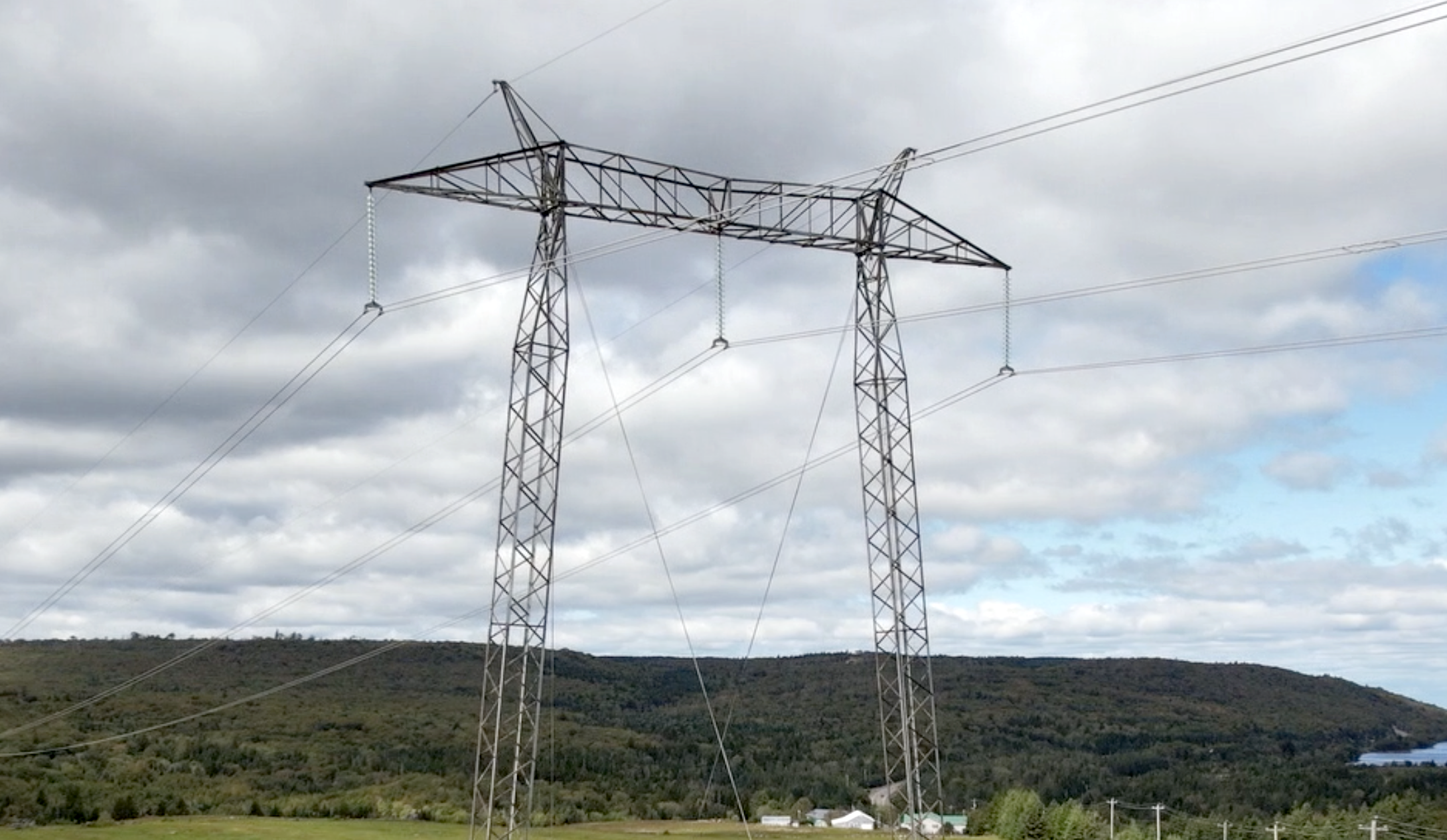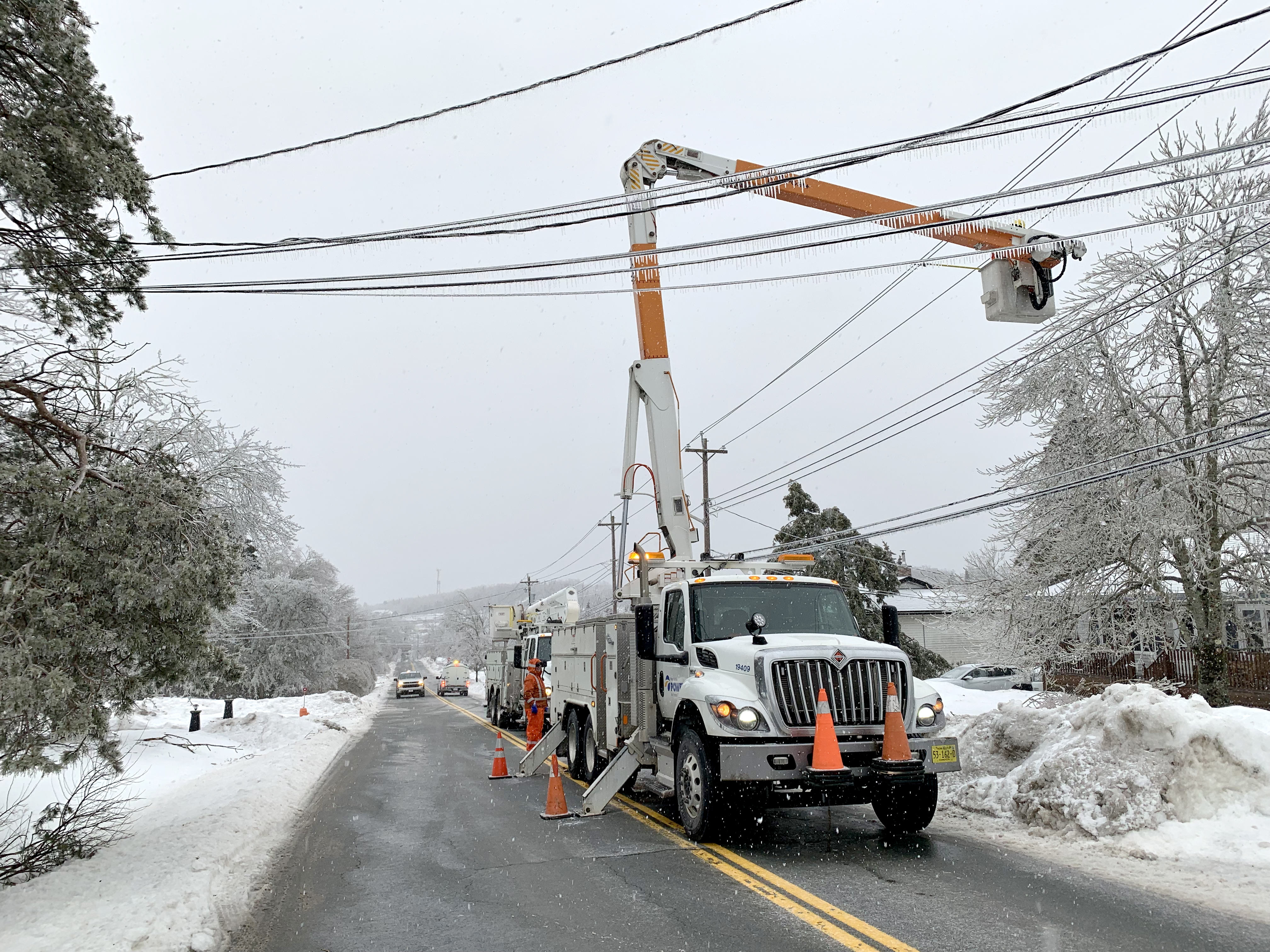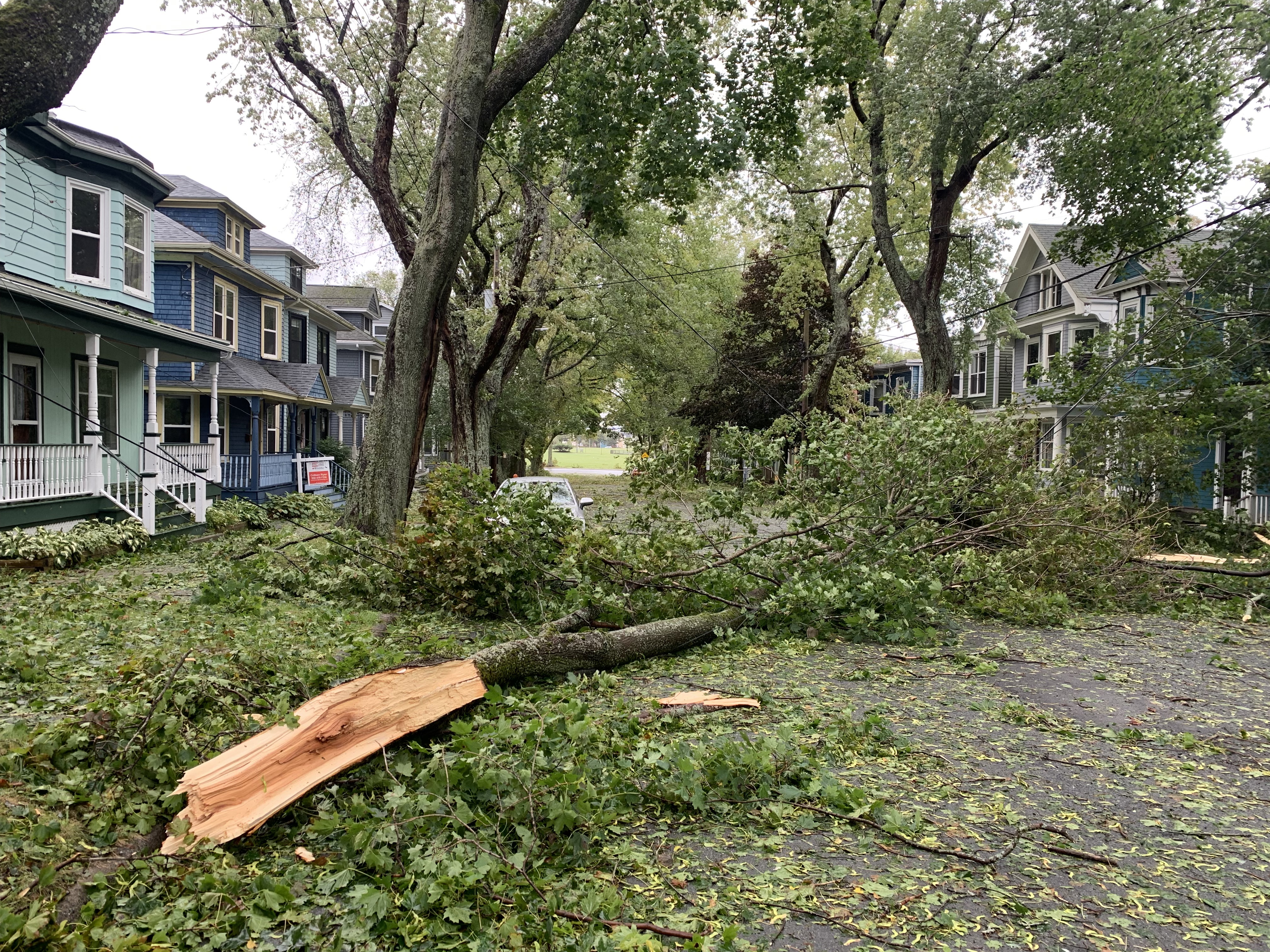You Asked, We Answer: Electric Vehicles
With advancements in electric vehicle batteries, and the addition of more charging stations in the plans, going electric on the road is becoming easier than ever.
All new cars and light-duty trucks sold in Canada will be zero-emission vehicles by 2035, with interim targets of 20 per cent by 2026 and 60 per cent by 2030. That means even more EVs will be on the road—and they will be playing an even more significant role in building a greener future for our province.
So, as EVs are becoming an increasingly more popular choice for driving, you’ve been asking us some important questions: from cost and environmental impact, to EV batteries and charging options. We asked Ed Cullinan, Product Development Manager for our Customer Solutions team, to answer your top EV questions.
AFFORDABILITY
I’m interested in an EV but it’s too expensive. Do you offer an incentive?
It’s great you’re interested in going electric! There are rebates available from both the federal and provincial governments for eligible EVs up to $8,000.
When will EVs become more affordable?
In addition to government rebates of up to $8,000, EVs cost less to operate. The total cost of ownership can be less than a comparable gas vehicle. And, as more manufacturers bring exciting new options to market, we expect to see more competitive pricing for customers.
Some eligible vehicles can take advantage of our electric vehicle smart charging program to save $20 per month, by exploring how we can share in the value of EV charging at home.
CHARGING
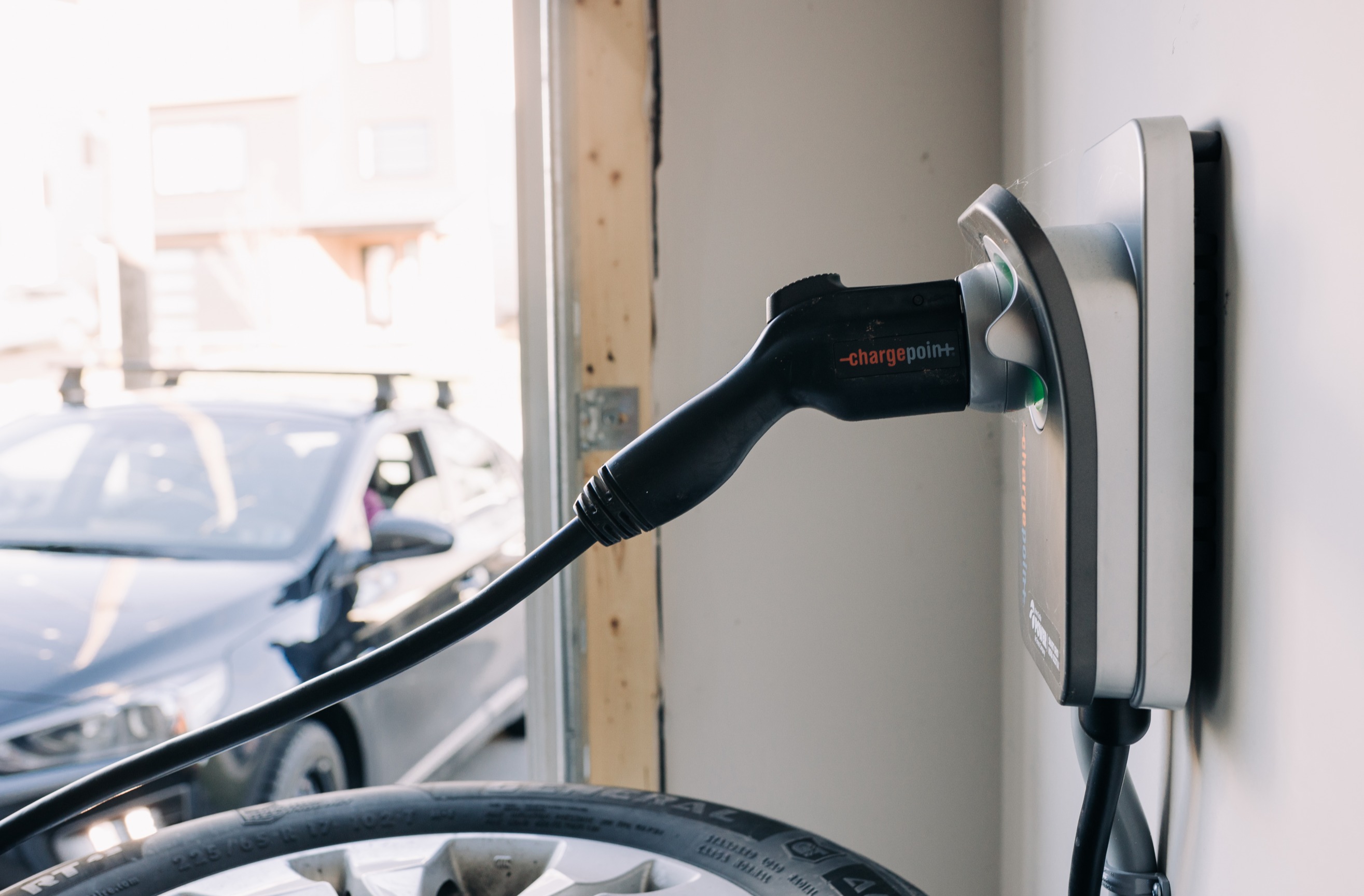
Do we have enough charging stations?
There are over 150 public charging stations across the province. This mix of Level 2 charging and Level 3 fast-charging stations includes our own network of 14 Level 3 fast chargers connecting EV drivers to highways across the province, as well as two Tesla Supercharger stations and a handful of other public fast charging stations —check out our map.
More Level 2 charging stations will be installed through the Clean Foundation’s EV Boost program this year, while Halifax has approved an ambitious plan to add 16 fast-charging stations in the Municipality in the next three years and up to 68 by 2030. We continue to support and collaborate on ways to add more fast-charging stations across the province.
Can I charge an EV using a regular outlet at home?
Yes, you can by using the Level 1 mobile charging adapter that is often included with your vehicle. Please make sure you do so safely by following the manufacturer’s instructions. Level 1 charging will also take well over twice as long to charge your EV than it would if you used a Level 2 charger.
I’m interested in installing a Level 2 charging system at home. How do I get started?
Great question! Here are some tips for installing a Level 2 charger at home:
- Call your favourite electrician. Installing a Level 2 charger should be done with the help of a certified electrician. In addition to the installation, they’ll do calculations to help you understand how a Level 2 charger can fit your home’s electrical system.
- Check your vehicle’s specifications. Not all vehicles charge at the same speed. So knowing what speed your vehicle can charge at will help you select your charger and help your electrician find the right solution for your needs.
- Select and buy your charger. Level 2 chargers are sold directly from manufacturers like FLO, ChargePoint and Grizzl-e, but increasingly available from dealerships, auto-parts suppliers, and major retailers both online and in-store. Some electricians may supply them for you as part of the service they provide.
- Select your charger based on:
- your car’s specifications;
- the features of the charger (i.e. WiFi connected, speed/flexibility);
- and finally, look and feel.
- We recommend a connected (or smart) charger for maximum control and the potential to participate in future smart charging programs.
- Plan for the future. Technology is changing rapidly, especially when it comes to how fast vehicles can charge and just how much energy their batteries can store. Talk to your electrician about how you can easily makes upgrades to your charger in the future, if needed.
EV BATTERIES
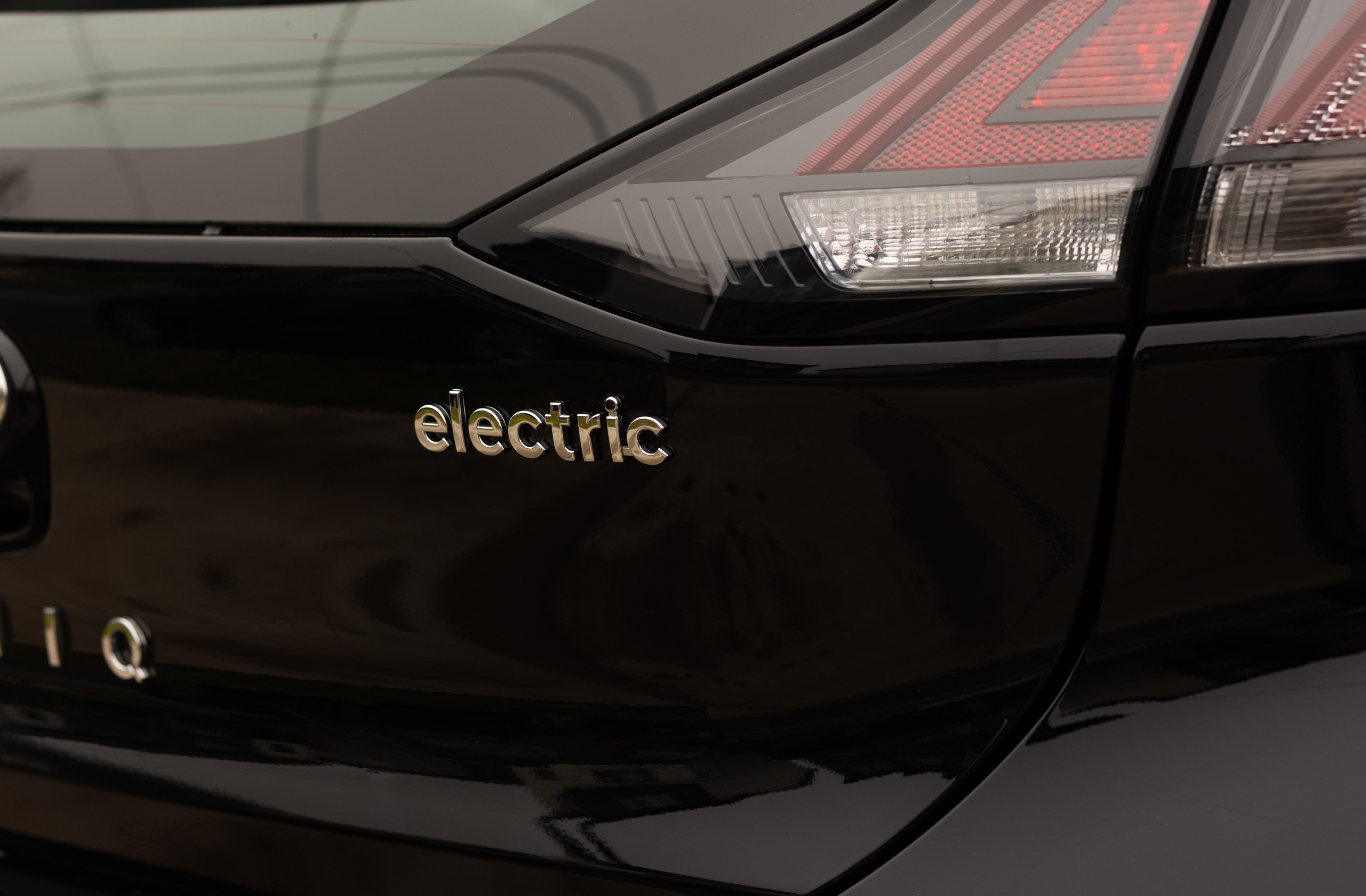
How’s the battery life at cold temperatures?
The impact of cold weather on electric vehicle batteries depends on many factors including driving conditions and the make and model of the vehicle—drivers should expect a reduction in range during the winter.
Aren’t batteries expensive to replace?
A battery replacement could be costly, but EV batteries have steadily increased in longevity to the point where they will far outlive the battery of an average car, with only moderate degradation.
Is my EV battery usable once the car reaches its end of life? What happens to used electric car batteries?
At the end of your car's life, the battery will likely still have value. There is technology in development that may allow you to sell or recycle your battery. Learn more in our chat with Dalhousie University Professor Jeff Dahn—a Natural Sciences and Engineering Research Council of Canada/Tesla Canada Industrial Research Chair—about how EV batteries can help us shape our energy future and bring benefits for all Nova Scotians.
How are EV batteries good for the environment with lithium mining?
Many major EV manufacturers are participating in the Initiative for Responsible Mining Assurance, and they follow several mining standards.
RELIABILITY & ENVIROMENTAL FRIENDLINESS
As more people switch to electric vehicles, can the grid handle the increase in load?
Yes, it can! As more Nova Scotians choose to go electric, we’re modernizing our grid and planning for the future. Through the Smart Grid Nova Scotia program, we’re testing how new technology can help us manage peak demand.
Are electric vehicles really better for the environment?
Yes, when you switch to an EV, you reduce your carbon footprint from driving by up to 50 per cent. And by 2030, 80 per cent of Nova Scotia’s electricity will be generated by renewable energy. So, when you charge an EV, you’re plugging into a grid that’s getting greener over time.
Visit our Electric Vehicles page for more information.
Share This Post:
